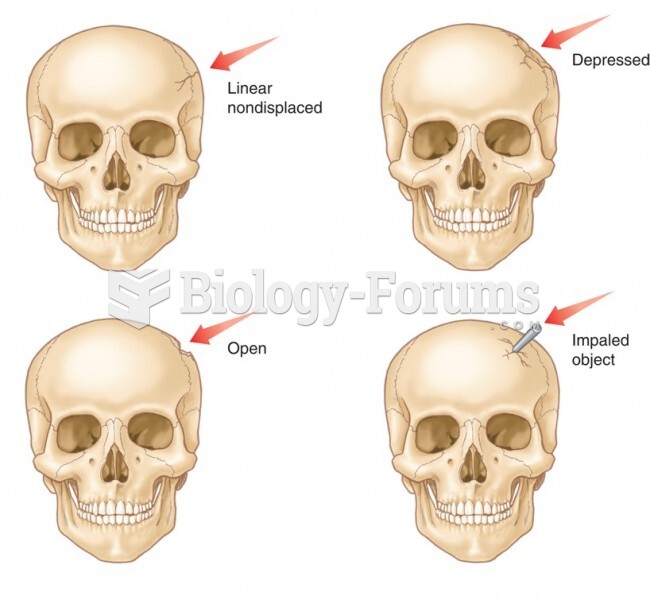Answer to Question 1
Critical listeningThis involves analyzing a message and judging the message for facts,
documentation, logic, relationships, inferences, and personal biases. We use this form of
listening whenever people try to convince us adopt their point of view.
Discriminative listeningThis involves comprehension and recall. It requires listening for
details and sequences, and then developing questions and answers, summarizing main points,
evaluating ideas, and giving feedback. This is an essential listening skill for a chef.
Therapeutic listeningThis involves listening with an understanding of another person's
feelings, beliefs, and values. It requires supportive and sympathetic verbal and nonverbal
feedback. It is appropriate when kitchen team members have work-related or personal problems
they want to talk out. Nonverbal feedback includes sympathetic gesturessmiling, nodding, and
leaning toward the speaker. This type of listening creates an atmosphere that lowers the
speaker's defenses, allowing him or her to verbalize the problem.
Appreciative listeningThis type of listening is generally reserved for relaxation, satisfaction, or
gratification. It is for personal enjoyment and can range from listening to music or enjoying the
sound of the speaker's accentthe tone, rhythm, or brogue. Courteous listeningThis is
conversational and social listening. We use courteous listening to keep interpersonal
relationships intact. Courteous listening is used mainly to keep lines of communication open.
Answer to Question 2







